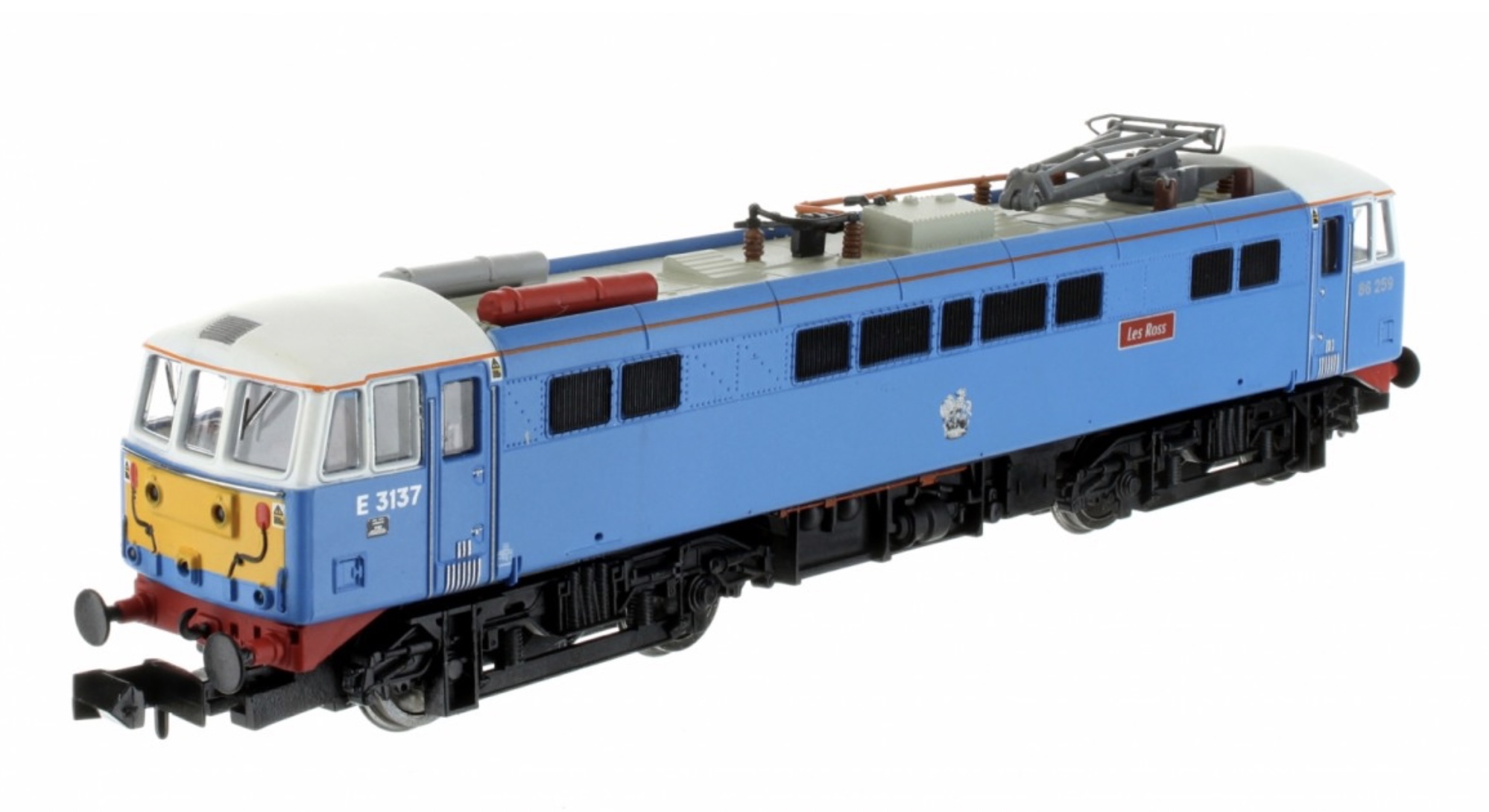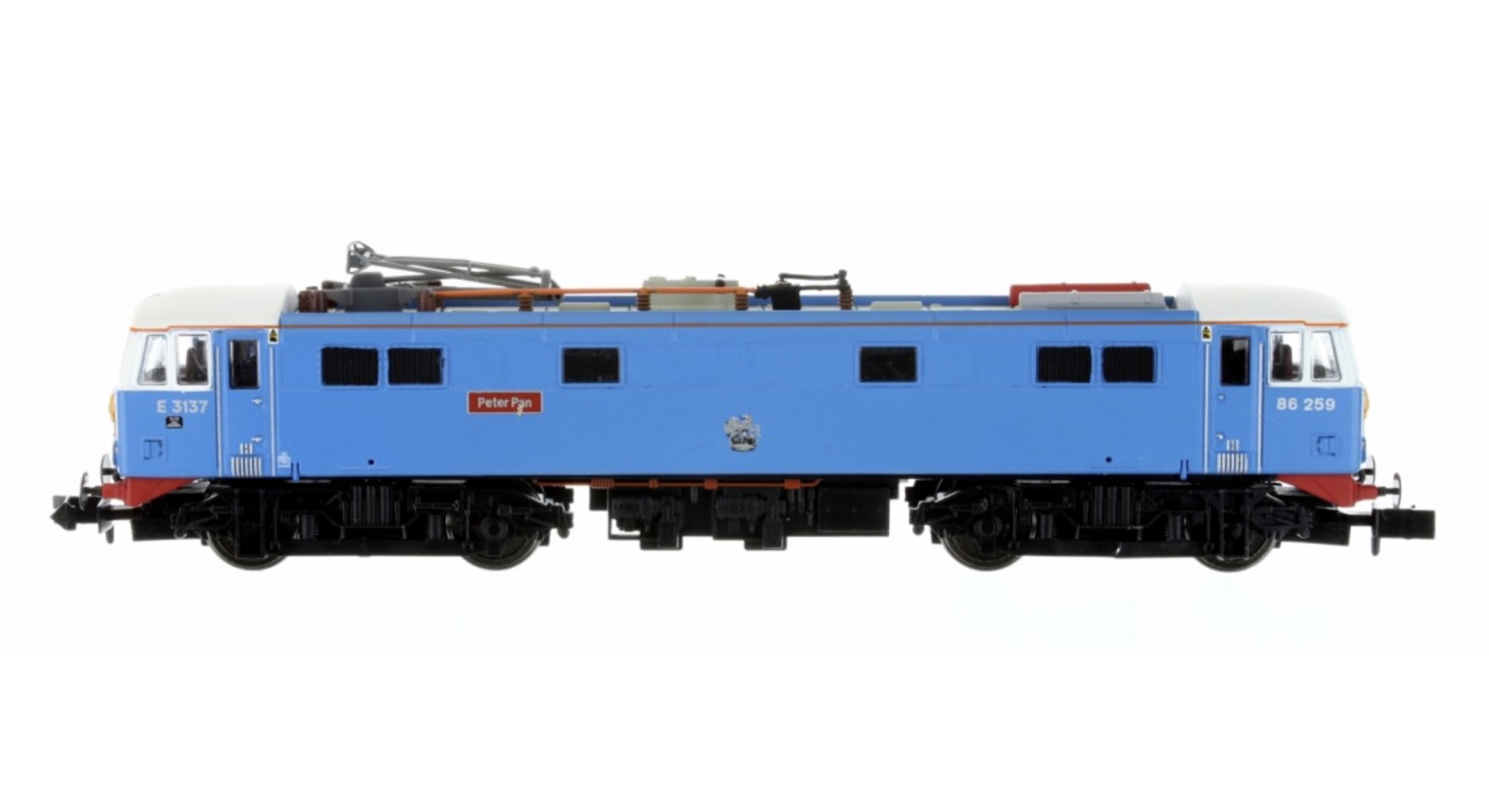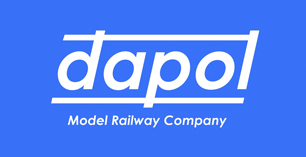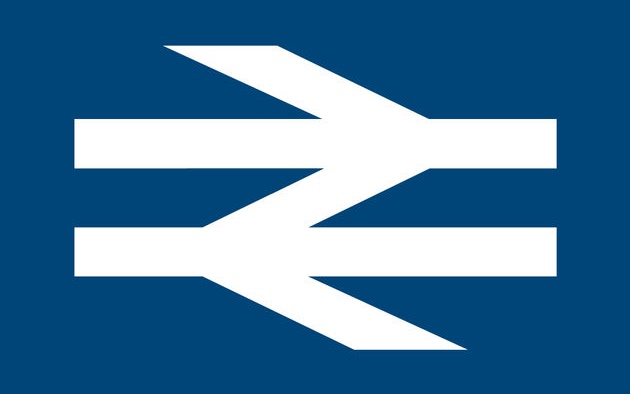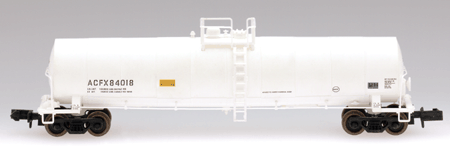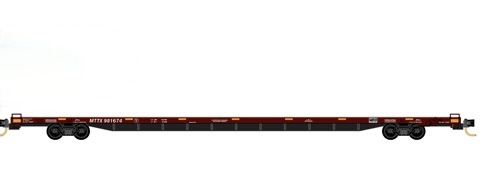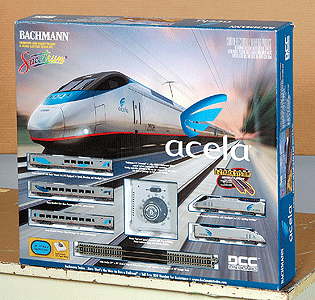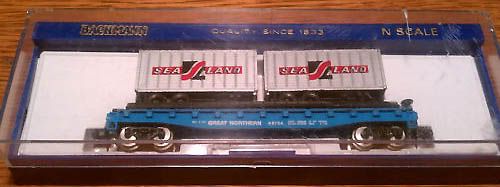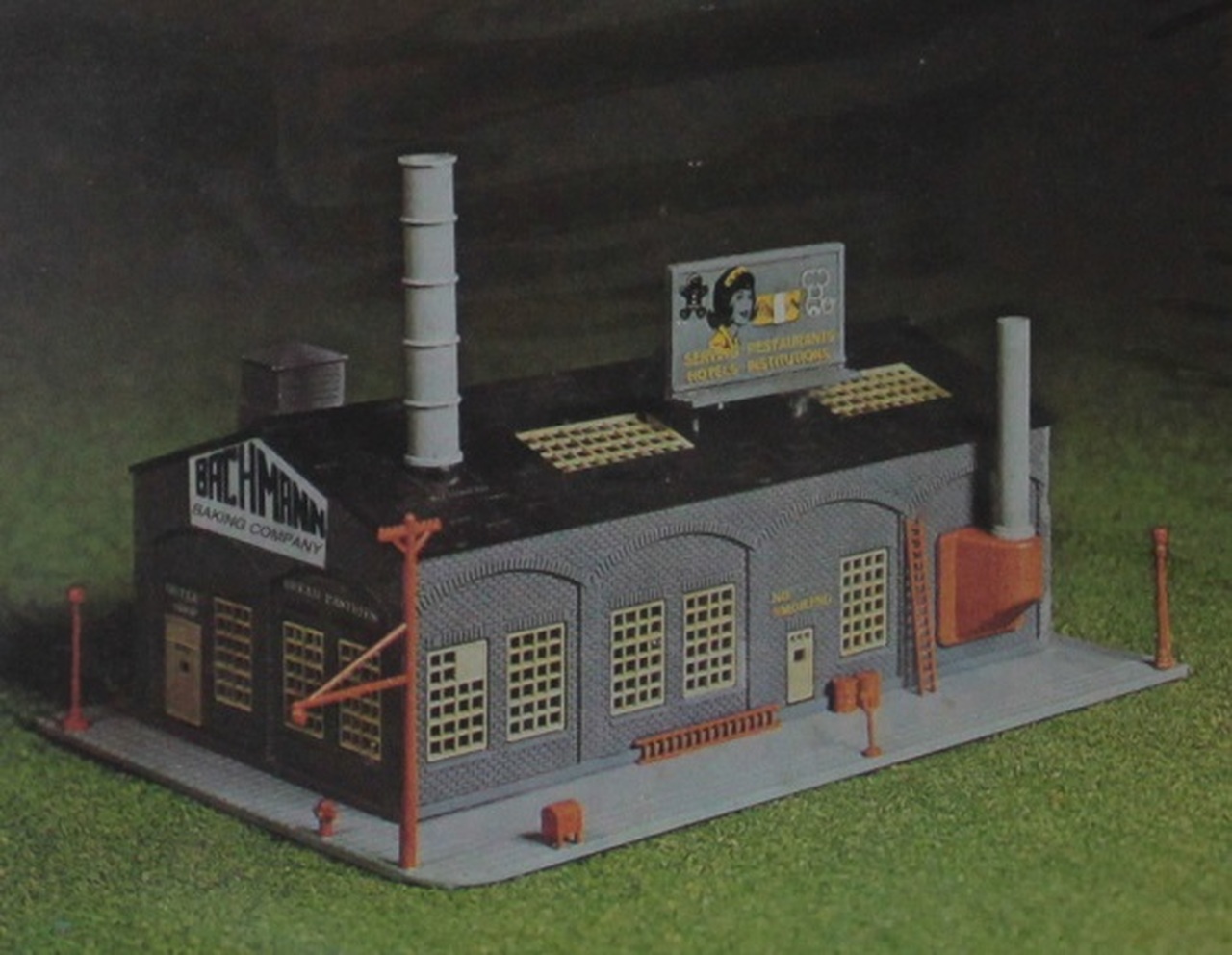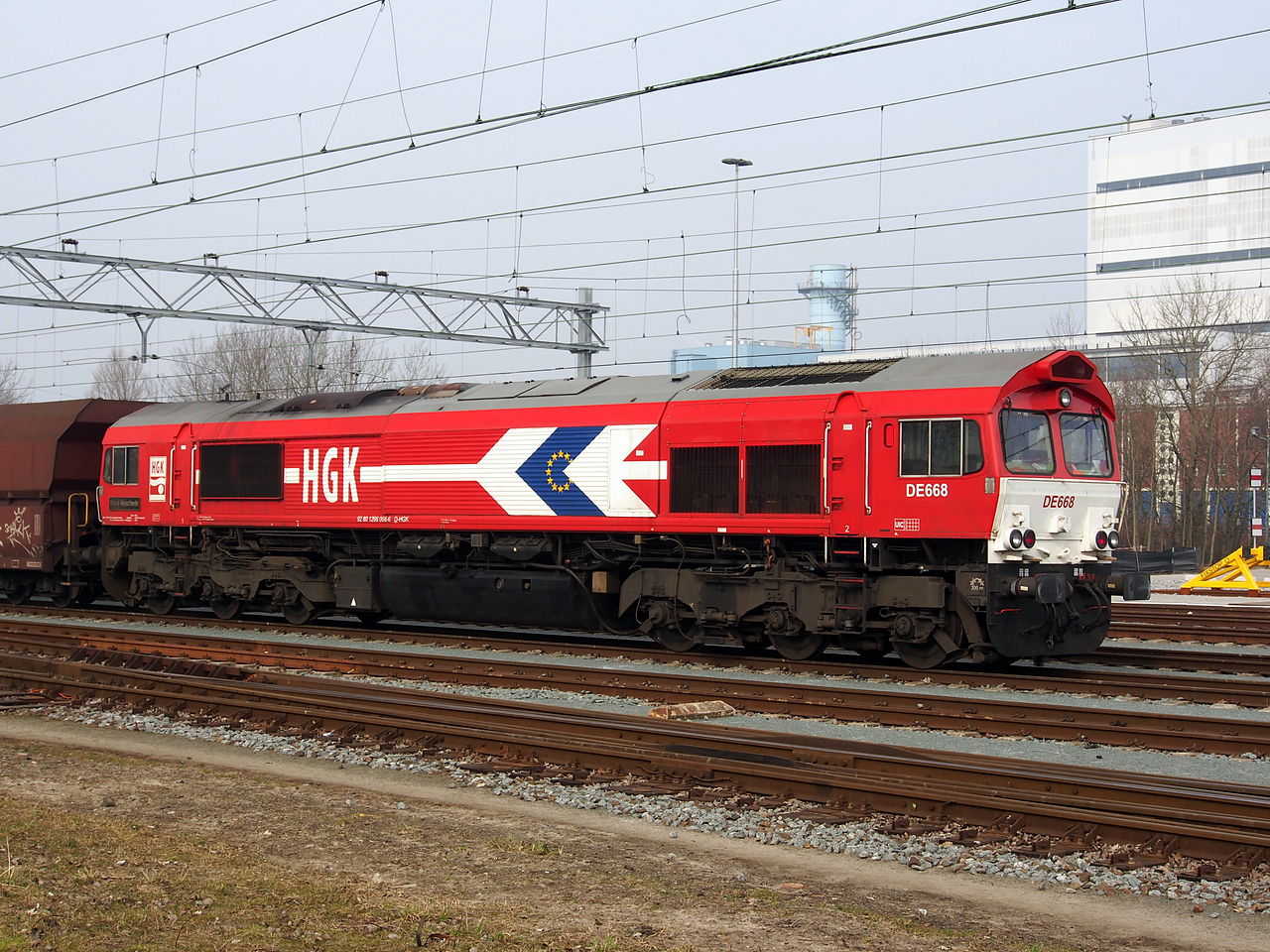Dapol - 2D-026-002D - Locomotive, Electric, Class 86 - British Rail - 86259
| Stock Number | 2D-026-002D |
| Original Retail Price | £144.85 |
| Brand | Dapol |
| Manufacturer | Dapol |
| Body Style | Dapol Electric Engine Class 86 |
| Prototype Vehicle | Locomotive, Diesel, EMD Class 66 (Details) |
| Prototype | Locomotive, Electric, Class 86 |
| Road or Company Name | British Rail (Details) |
| Road or Reporting Number | 86259 |
| Paint Color(s) | Blue with White Cab & Yellow Ends |
| Print Color(s) | White & Red |
| Paint Scheme | Les Ross / Peter Pan |
| Coupler Type | Rapido Hook NEM Standard Pocket |
| Wheel Type | Chemically Blackened Metal |
| Wheel Profile | Small Flange (Low Profile) |
| DCC Readiness | DC/DCC Dual Mode Decoder |
| Item Category | Locomotives |
| Model Type | Electric |
| Model Subtype | BR |
| Model Variety | Class 86 |
| Prototype Region | Europe |
| Prototype Era | UK Era 9: Privatisation (1996-2008) |
| Years Produced | 1998-2015 |
| Scale | 1/148 |
Specific Item Information:
The British Rail Class 86 Bo-Bo electric locomotive was the first large scale standard electric locomotive brought into service and was developed from the earlier Class 81 to 85. One hundred locomotives were built by British Rail at Doncaster and English Electric at the Vulcan Works, Newton-le-Willows between 1965 and 1966 to operate a high speed passenger and freight service on the newly electrified West Coast Line. Some of the class were named after towns or counties that the lines they worked passed through. The class underwent some substantial modifications during its long life including suspension changes, power and speed upgrades and the ability to operate push pull services with Mk3 Driving Van Trailers. Post BR privatisation the fleet was divided amongst many operators including Anglia Railways, EWS, Freightliner, Virgin Cross Country and West Coast. Currently, Freightliner still has a small fleet of Class 86s along with Serco Caledonian Sleepers that have two in service and some in preservation. NEXT-18 Decoder
Prototype History:
The BR Class 66 is a 2,420 kW (3,250 hp) six-axle Co'Co' diesel electric freight locomotive developed in part from the BR Class 59, for use on the railways of the UK. Since its introduction the class has been successful and has been sold to British and other European railway companies.
In Continental Europe it is marketed as the EMD Series 66 (JT42CWR).
Over four hundred and forty BR Class 66s have been produced since 1998, in various sub-classes for UK operators:
In Continental Europe it is marketed as the EMD Series 66 (JT42CWR).
Over four hundred and forty BR Class 66s have been produced since 1998, in various sub-classes for UK operators:
- Class 66/0 - EWS Ordered the inital two hundred and fifty Co-Co Diesel Freight Locomotives
- Class 66/3 - In 2008 a further five Class 66s were delivered for freight operator Fastline
- Class 66/4 - In 2002 DRS freight operator ordered ten Class 66s, further Class 66s were ordered later
- Class 66/5 - Freight operator Freightliner has order nearly one hundred Class 66s in small batches
- Class 66/6 - A small group off Class 66/5s were re-geared to cope with heavy aggregate trains
- Class 66/7 - GBRf freight operator has ordered many Class 66 since the original lease of thirty two in 2008, further orders have included low-emission types
- Class 66/8 - The initial five Class 66/8s were previously Advenza Freight (Cotswold Rail) locomotives now running for Colas Rail. Colas Rail has also taken over a number of ex-Freightliner Class 66s.
- Class 66/9s - A lower emission variant ordered by Freightliner.
Road Name History:
British Railways (BR), which from 1965 traded as British Rail, was the state-owned company that operated most of the overground rail transport in Great Britain between 1948 and 1997. It was formed from the nationalisation of the "Big Four" British railway companies and lasted until the gradual privatisation of British Rail, in stages between 1994 and 1997. Originally a trading brand of the Railway Executive of the British Transport Commission, it became an independent statutory corporation in 1962 designated as the British Railways Board.
British Rail designed and manufactured rolling stock from 1948 to 1989, at which time its subsidiary British Rail Engineering Limited (BREL) was privatised.
1997 marked the end of the privatization effort in which the last assets of British Rail were sold to 31 regional freight and passenger operators as well as Railtrack (which was later brought under public control as Network Rail), which was given the track and infrastructure.
Read more on Wikipedia.
British Rail designed and manufactured rolling stock from 1948 to 1989, at which time its subsidiary British Rail Engineering Limited (BREL) was privatised.
1997 marked the end of the privatization effort in which the last assets of British Rail were sold to 31 regional freight and passenger operators as well as Railtrack (which was later brought under public control as Network Rail), which was given the track and infrastructure.
Read more on Wikipedia.
Brand/Importer Information:
Dapol Ltd is a Welsh model railway manufacturer based in Chirk, Wales. The factory where design and manufacturing take place is just over the border in England. The company is known for its model railway products in N gauge and OO gauge. Dapol's name is a play on its founders David and Pauline Boyle's names. He owned a model concern Highfield Birds & Models. In 1981 he first tried to buy the Airfix and Mainline ranges. The Dapol brand name was first used in a Railway Modeller advert of September 1983. The first Dapol wagons (for OO) were announced to become available on 20 November 1983. From 1 March 1984 ex Airfix railway kits became available.
Dapol manufactures a growing range of N gauge locomotives, coaches and wagons, and is the main competitor of Graham Farish in the British 'ready-to-run' market. Continuous improvement in model specifications has led to the introduction of 40:1 gearing in locomotive drive mechanisms, NEM couplings on all stock, and LED lighting strips for coaching stock (yellow for 'older' coaches, to represent incandescent illumination, and white for more modern coaches and EMUs to represent fluorescent fittings).
Dapol manufactures a growing range of N gauge locomotives, coaches and wagons, and is the main competitor of Graham Farish in the British 'ready-to-run' market. Continuous improvement in model specifications has led to the introduction of 40:1 gearing in locomotive drive mechanisms, NEM couplings on all stock, and LED lighting strips for coaching stock (yellow for 'older' coaches, to represent incandescent illumination, and white for more modern coaches and EMUs to represent fluorescent fittings).
Item created by: CNW400
on 2022-01-14 15:04:35
If you see errors or missing data in this entry, please feel free to log in and edit it. Anyone with a Gmail account can log in instantly.
If you see errors or missing data in this entry, please feel free to log in and edit it. Anyone with a Gmail account can log in instantly.


